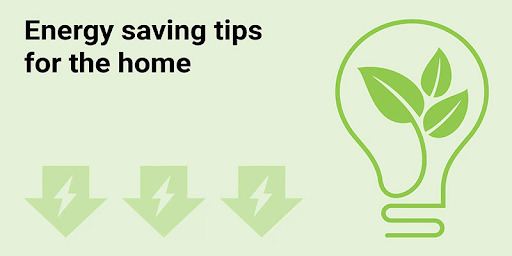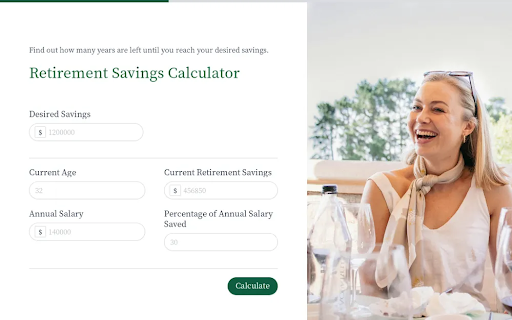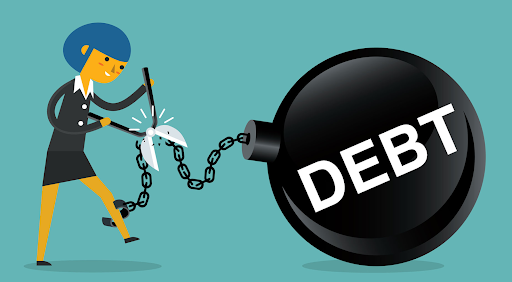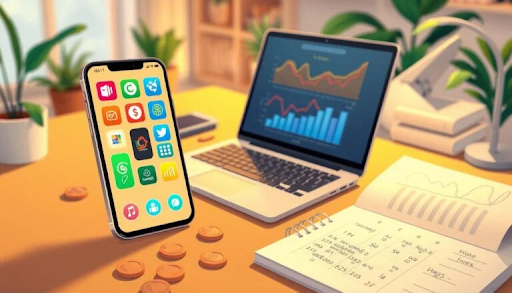In the U.S., energy costs are a significant and recurring household expense. As of April 2025, the average electric bill across the nation is around $149.20 per month, with variations depending on state and usage. This figure underscores why energy-saving tips for home are not just about environmental responsibility, but also a crucial component of smart money saving for U.S. residents.
By making conscious changes to your habits and considering smart upgrades, you can significantly reduce your energy consumption, lower your utility bills, and put more money back into your pocket. Let’s explore practical strategies to make your home more energy-efficient.
1. Optimize Your Heating and Cooling
Heating and cooling typically account for the largest portion of a U.S. household’s energy consumption (often over 50%).

- Adjust Your Thermostat Strategically: The U.S. Department of Energy recommends adjusting your thermostat by 7-10 degrees Fahrenheit for 8 hours a day (e.g., while at work or sleeping) to save up to 10% on heating and cooling costs annually.
- Winter: Set it lower (e.g., 68°F during the day, even lower at night or when away).
- Summer: Set it higher (e.g., 78°F when home, higher when away).
- Utilize a Smart or Programmable Thermostat: These devices learn your preferences or allow you to set schedules, automatically adjusting temperatures to save energy without you having to remember.
- Seal Air Leaks: Drafts around windows, doors, electrical outlets, and plumbing penetrations are major culprits for energy loss. Use caulk and weatherstripping to seal these gaps. A DIY home energy audit (see below) can help you find them.
- Improve Insulation: Proper insulation in your attic, walls, and crawl spaces prevents heat transfer. Check your attic’s insulation; it should ideally be at or above the recommended R-value for your climate zone.
- Regular HVAC Maintenance: Have your heating and cooling systems professionally serviced annually. Clean or replace air filters monthly or as recommended by the manufacturer. A clogged filter makes your system work harder and consume more energy.
- Close Vents in Unused Rooms (with caution): If you have central air, closing vents in rooms you rarely use can direct more conditioned air to occupied areas. However, consult an HVAC professional first, as this can sometimes put strain on certain systems.
- Window Coverings: Use blinds, curtains, or shades to block sunlight and reduce heat gain in summer, and open them in winter to let sunlight warm your home. Heavy, insulated curtains can also help keep warmth in during colder months.
2. Be Smart About Water Heating
Water heating is typically the second-largest energy consumer in a U.S. home, often accounting for about 18% of utility bills.
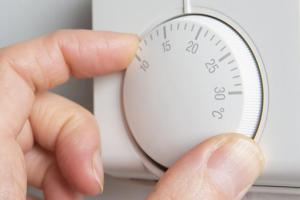
- Lower Your Water Heater Temperature: The standard setting is often 140°F, but 120°F is usually sufficient for most households and can save 3-5% on water heating costs for every 10-degree reduction.
- Insulate Your Water Heater Tank and Pipes: If your water heater tank is warm to the touch, it’s losing heat. An insulation blanket can reduce standby heat loss. Insulating the first 6 feet of hot and cold water pipes connected to the heater also helps.
- Take Shorter, Cooler Showers: Reducing shower time and using slightly cooler water can make a difference.
- Fix Leaky Faucets and Showerheads: Even a small drip can waste gallons of hot water over time.
- Use Low-Flow Fixtures: Install low-flow showerheads and faucet aerators to reduce water (and therefore hot water) consumption.
3. Tackle Appliance and Electronics Usage
While often smaller individually, the collective energy consumption of appliances and electronics can add up.
- Unplug “Energy Vampires”: Many electronics (TVs, chargers, coffee makers, game consoles) draw power even when turned off or in standby mode (this is called “phantom load”). Use power strips for entertainment centers and computer setups and switch them off when not in use.
- Full Loads for Laundry and Dishwashers: Only run your washing machine and dishwasher when they are full.
- Wash Laundry in Cold Water: Modern detergents are effective in cold water. Heating water accounts for about 90% of the energy used for washing clothes.
- Air Dry Clothes When Possible: The dryer is a major energy consumer. Hang clothes to dry on a line or drying rack.
- Clean Refrigerator Coils: Dust and grime on your refrigerator coils make it work harder. Clean them regularly to maintain efficiency.
- Upgrade to ENERGY STAR® Appliances: When it’s time to replace old appliances, look for the ENERGY STAR® label. These products are certified to be more energy-efficient than conventional models. While they may have a slightly higher upfront cost, the long-term savings on utility bills (and potential government rebates/tax credits – see below) quickly offset the initial investment.
4. Smart Lighting Choices
Lighting usually accounts for about 10% of a home’s electricity bill.
- Switch to LED Bulbs: LED (Light Emitting Diode) bulbs use significantly less energy and last much longer than traditional incandescent or even CFL bulbs. They can save you substantial money over their lifetime.
- Maximize Natural Light: Open blinds and curtains during the day.
- Turn Off Lights: Develop the habit of turning off lights when you leave a room, even if you’ll only be gone for a short time.
5. Conduct a DIY Home Energy Audit
Empower yourself by identifying specific areas of energy waste in your own home.
- Look for Air Leaks: On a windy day, light an incense stick and move it around windows, doors, electrical outlets, and where pipes/wires enter the walls. If the smoke wavers, you leak.
- Check Insulation: Visually inspect insulation in your attic and accessible walls.
- Examine Appliances: Check refrigerator door seals (close the door on a dollar bill; if it pulls out easily, the seal is weak). Inspect dryer vents for blockages.
- Identify Phantom Loads: Use a power meter (available at hardware stores or libraries) to measure the “off” consumption of your electronics.
6. Explore Government Incentives and Rebates (U.S.)
The U.S. government offers significant incentives for energy-efficient home improvements.
- Federal Tax Credits (Inflation Reduction Act): As of 2025, homeowners can claim federal income tax credits for a range of energy-efficient upgrades.
- Energy Efficient Home Improvement Credit: Up to $1,200 annually for eligible improvements like insulation, exterior windows/skylights ($600 max), and exterior doors ($250 per door, $500 max). Also includes specific limits on central air conditioners, furnaces, and water heaters ($600 each). Home energy audits qualify for a credit of up to $150.
- Residential Clean Energy Credit: This covers renewable energy systems like solar panels (30% of costs, no annual limit), geothermal heat pumps (up to $2,000 for 30% of costs), and heat pump water heaters (up to $2,000 for 30% of costs).
- Important Note for 2025: For many items, you may need a manufacturer’s product identification number to claim the credit on your tax return.
- State and Local Rebates: Check with your state energy office, local utility company, or municipal government for additional rebates and programs specific to your area for energy-efficient upgrades. Programs like the High-Efficiency Electric Home Rebate Act (HEEHRA) under the IRA can offer point-of-sale discounts for certain electrifications, potentially up to $14,000 based on income.
Conclusion
Implementing energy-saving tips for home is a powerful and sustainable way for U.S. residents to achieve smart money savings. From simple behavioral changes like adjusting your thermostat to more significant investments in insulation or ENERGY STAR® appliances, every step contributes to lower utility bills and a reduced carbon footprint.
By proactively managing your home’s energy consumption and taking advantage of available government incentives, you’re not just cutting expenses; you’re investing in your home’s value, comfort, and the financial well-being of your household for years to come. Start small, track your progress, and enjoy the tangible benefits of an energy-efficient home.

